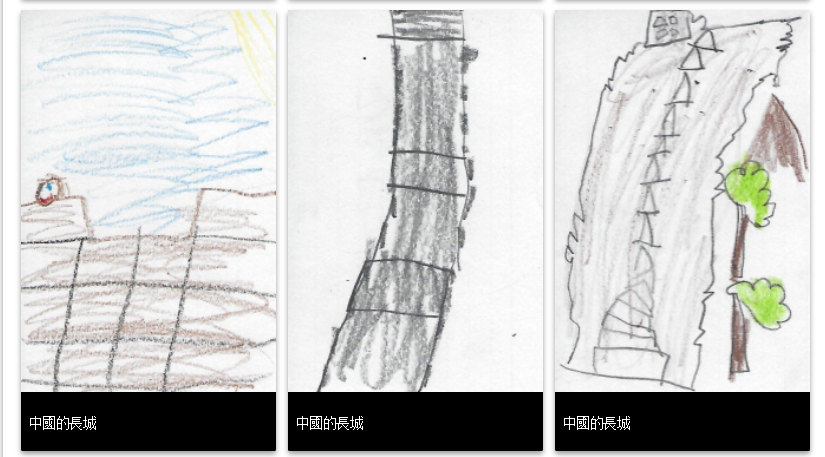Submitted by: Ellen Jewell
Collaborators: Joy McDonald, ITRT
School: Hungary Creek Middle
Summary
After participating in a webinar on Google SketchUp, students wanted to incorporate the program into an upcoming unit. They decided to research the first five presidents (SOL USI.7c) and design monuments to reflect their accomplishments. A student – created rubric was established based on a School Space chat and a “live” class discussion. Students selected one of four presidents included in the curriculum. Students researched their topic with the freedom to select their own sources and whether or not they researched independently or collaboratively. They also chose what method they preferred to use to record research after a class discussion on possible methods/tools and students shared valuable tips and resources using Google Docs. Mr. Timothy Nosal, Acting Director for Public Affairs for the American Battle Monuments Commission (ABMC), served as a consultant and shared pointers about the commissioning process for American monuments. He examined the student created rubric and offered suggestions on how students could be more similar to the current commissioning process used by ABMC. In addition to Mr. Nosal’s suggestions, students used peer review to ensure that they were abiding by the agreed upon criteria for the project. Students created monuments using Google SketchUp to reflect the lives and contributions of the presidents they researched.
TIPC Ratings
Ideal: As a part of accomplishing the authentic task of memorializing role models, students were encouraged to use their own research strategies, with the requirement that each resource be vetted for accuracy and authenticity. To prepare for this task, they started off by working as a team via a schoolspace chat to review the tenets of good research that they learned over the year. This chat helped students create a shared vision for the research portion of this project. Afterwards, students used a variety of search engines and databases (Google advanced search, EasyBib and Onesearch) to acquire the valid information necessary to complete this task. Good resources were shared in a social bookmarking google doc.
Ideal-Students communicated and collaborated in small groups and as an entire class while using a variety of tools for this project. They selected their own groups by selecting the president (out of the first five only) of their choice to research. Although research and design was done individually for this lesson, periodically, student-selected teams would evaluate and provide feedback on each other’s progress to date. Throughout the course of the project, students elected to use Google Docs, Google Forms, schoolspace discussion boards, schoolspace chats and Skype, depending on their activity. For example, when learning to use Sketchup, students chose to use a class google doc to share their knowledge and a schoolspace discussion forum’s rating feature to evaluate one another’s research. When collaborating with the expert, Tim Nosal, students chose to email for feedback on their rubric for their first communication. Then, they decided that Skype would be the best tool to partner with Mr. Nosal for the final evaluation and information session.
Ideal- Due to the abstract nature of this assignment, students where challenged to think critically throughout the project. First, students focused their research by generating questions about each president. Next, students were challenged to whittle their research down to pinpoint the ten most important contributions their president made. Students then shared their selected facts with their groups and reflected on their critical thinking skills in order to evaluate the quality of their findings. Based on their reflection, they determined that more research was needed, because (as the students decided) they needed to dig deeper to understand the contributions of their president. After students had finished revising and updating their research, then they had to make quality decisions on how to embody these contributions into art, via a monument design in the student-selected tool, Google Sketchup.
Ideal-This lesson was the ultimate synthesis of history and art, as student has to convey their concept of their selected President in an abstract and creative manner (3D model). To come up with a design, students had to analyze trends that were uncovered during their research in order to choose the accomplishments they felt should be memorialized in their monument. Students took creative risks throughout this project, especially in the design phase. Periodic reflections and evaluations of their work were performed throughout, which lead some students to discover that the initial vision they had for their monument was not viable once they began to design in the 3D realm. Based on these reflections, students had to strategically choose which visual elements would be effective in their memorial monument. Lastly, due to the guidance of the expert, students had to choose a location for their monument and make predictions as to how existing heritage assets in their chosen area would be impacted by the addition of their monument.
Student Artifact
Skype with ambc.gov expert:
Madison Park Planning
Madison Park Narrative
Madison Park Model






